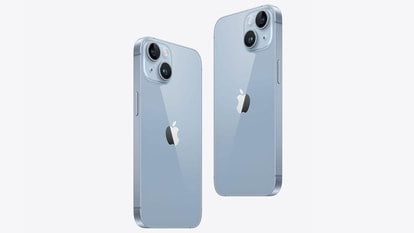Awesome image! NASA's Hubble Telescope just captures colliding galaxies- ships passing in the night
An amazing image in which two galaxies seem to overlap has been captured by NASA's Hubble Telescope. Are they really colliding? Find it out here.
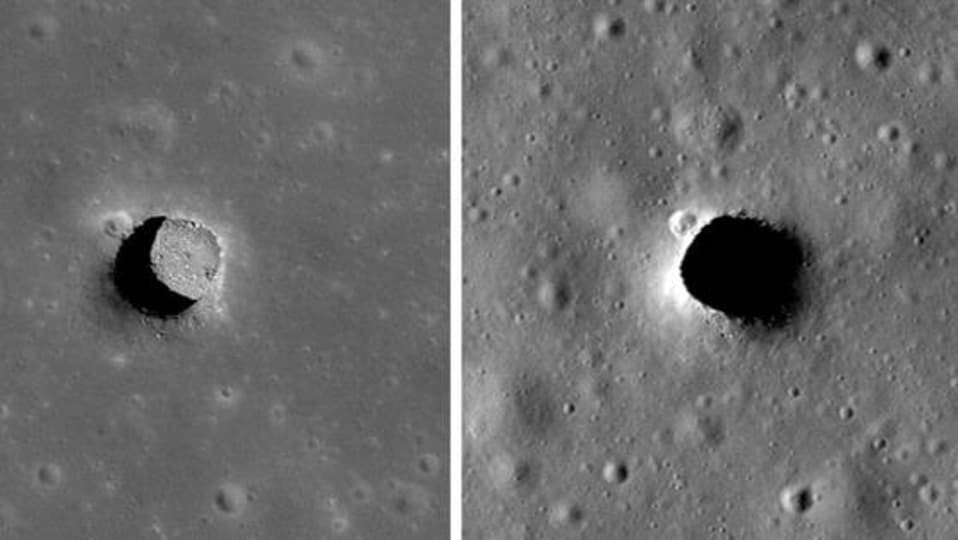
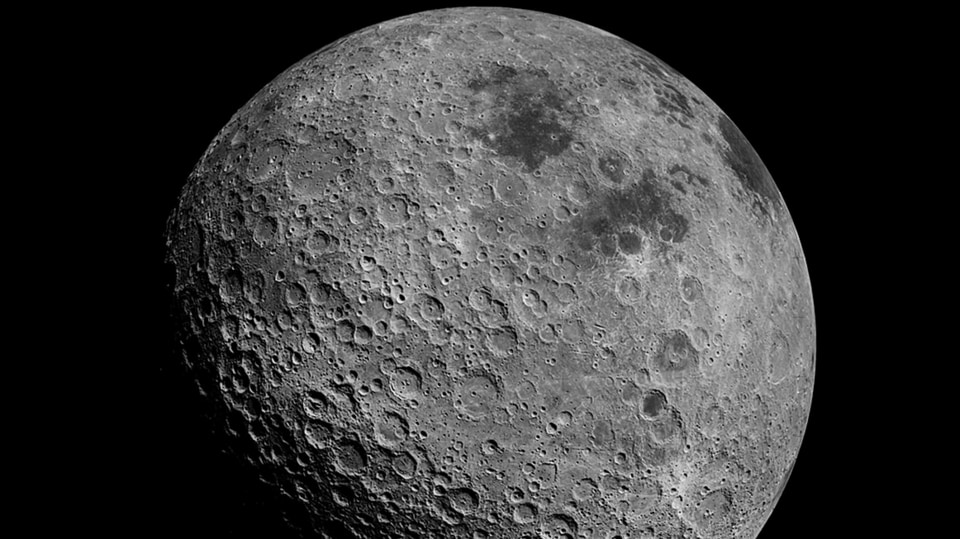
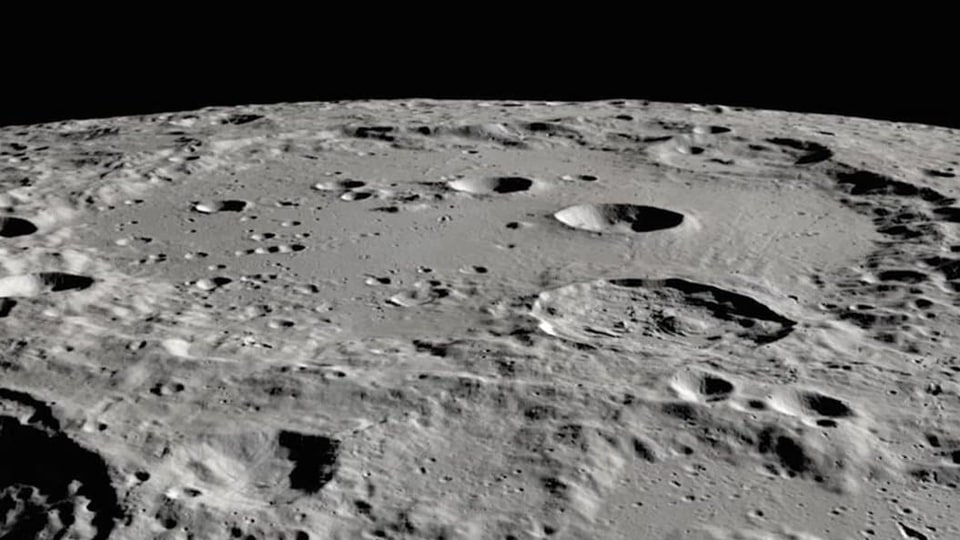
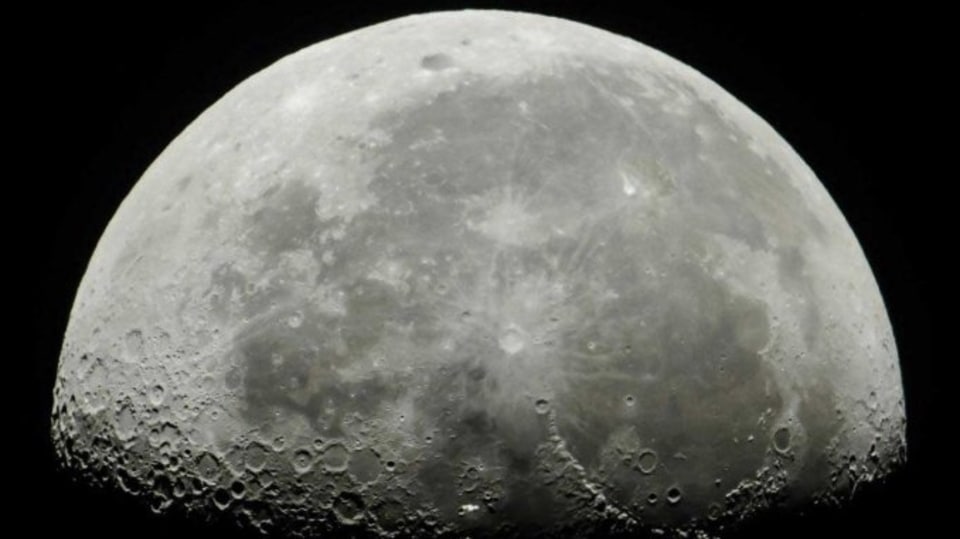
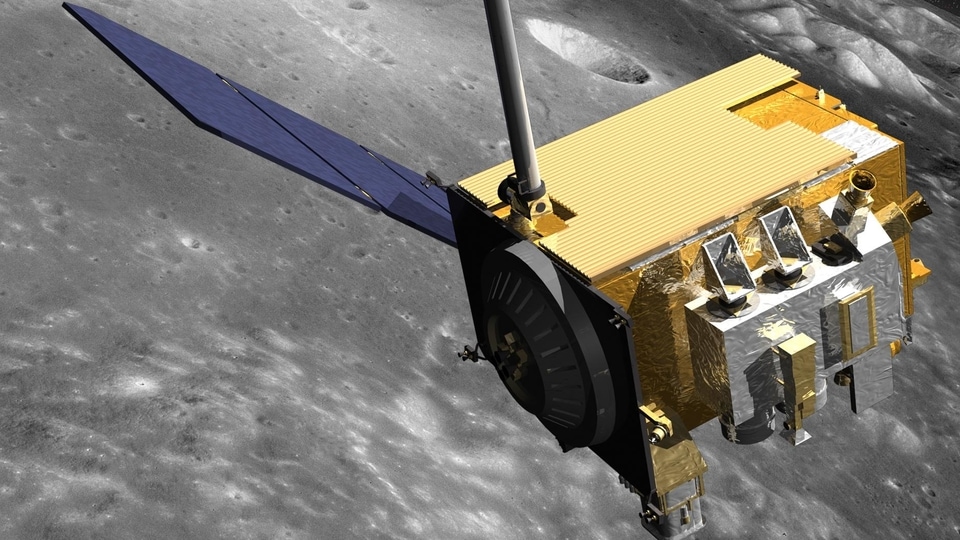

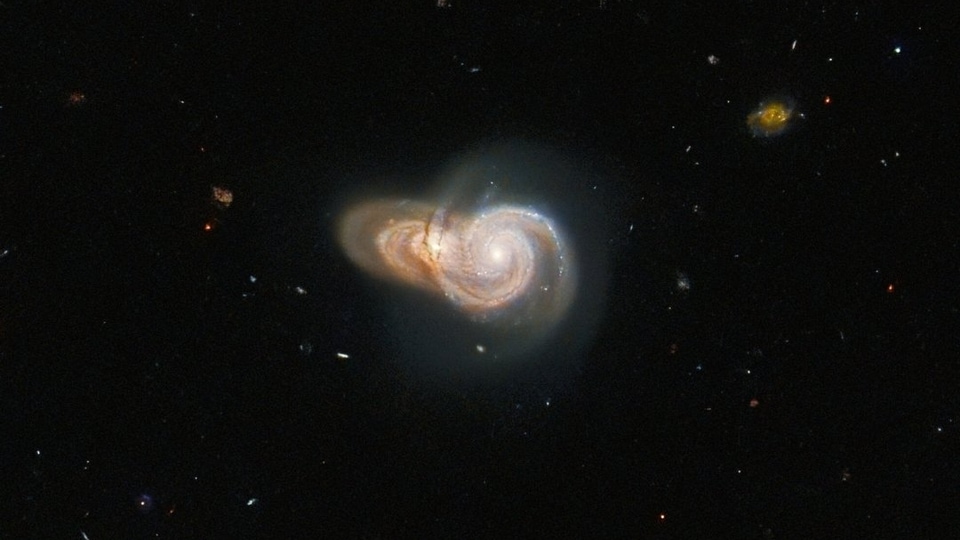
 View all Images
View all ImagesHave you seen an image in which two galaxies appear to collide? Well, that is rare. However, you can see the awesome image now. Yes, NASA's Hubble Telescope has captured the same. It can be noted that the galaxies in the image appear to collide, but amazingly, in reality they are not interacting at all. Sharing the image of the galaxies on its official Twitter account, the Hubble Space Telescope tweeted, "It's all about perspective! In this #HubbleFriday image, these two galaxies appear to collide – in reality, they aren't interacting and might be like ships passing in the night."
It's all about perspective!
— Hubble (@NASAHubble) September 9, 2022
In this #HubbleFriday image, these two galaxies appear to collide – in reality, they aren't interacting and might be like ships passing in the night.
Read more: https://t.co/iZ79DjtSFw pic.twitter.com/4ol5xaefue
In the image the two overlapping spiral galaxies captured by the NASA Hubble Space Telescope are named SDSS J115331 and LEDA 2073461, which lie more than a billion light-years from Earth. "Despite appearing to collide in this image, the alignment of the two galaxies is likely just by chance – the two are not actually interacting. While these two galaxies might simply be ships that pass in the night, Hubble has captured a dazzling array of other, truly interacting galaxies," NASA said while giving insight about the click.
This image is one of many Hubble observations delving into highlights of the Galaxy Zoo project. Originally established in 2007, Galaxy Zoo and its successors are massive citizen science projects that crowdsource galaxy classifications from a pool of hundreds of thousands of volunteers. These volunteers classify galaxies imaged by robotic telescopes and are often the first to ever set eyes on an astronomical object.
NASA further informed that over the course of the original Galaxy Zoo project, volunteers discovered a menagerie of weird and wonderful galaxies such as unusual three-armed spiral galaxies and colliding ring galaxies.
Did you know?
How much do you know about NASA's Hubble Space Telescope? The Hubble Telescope is a project of international cooperation between NASA and ESA. The Telescope's mirror-based optical system collects and focuses light from the universe to be analyzed by science and guidance instruments. The optical system, called the Optical Telescope Assembly (OTA), gives Hubble a unique view of the universe by gathering infrared, visible and ultraviolet light. However, it has been upstaged by the newer and more powerful James Webb Space Telescope.
Catch all the Latest Tech News, Mobile News, Laptop News, Gaming news, Wearables News , How To News, also keep up with us on Whatsapp channel,Twitter, Facebook, Google News, and Instagram. For our latest videos, subscribe to our YouTube channel.





























